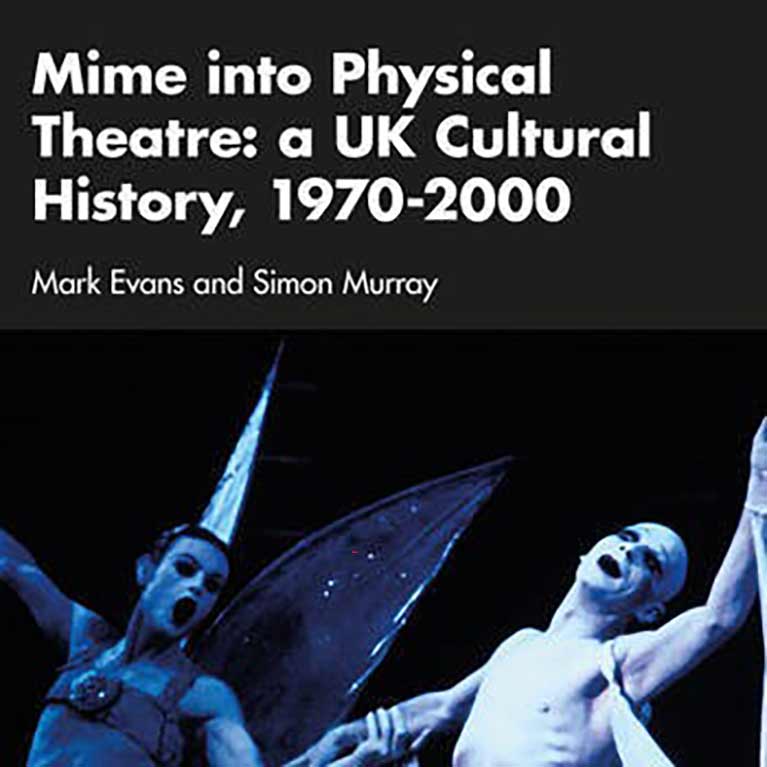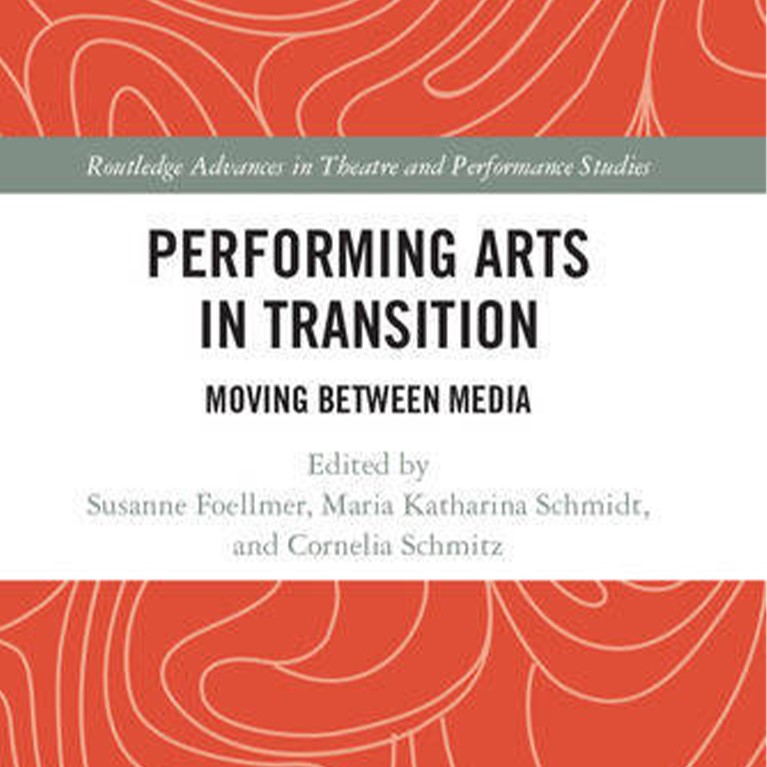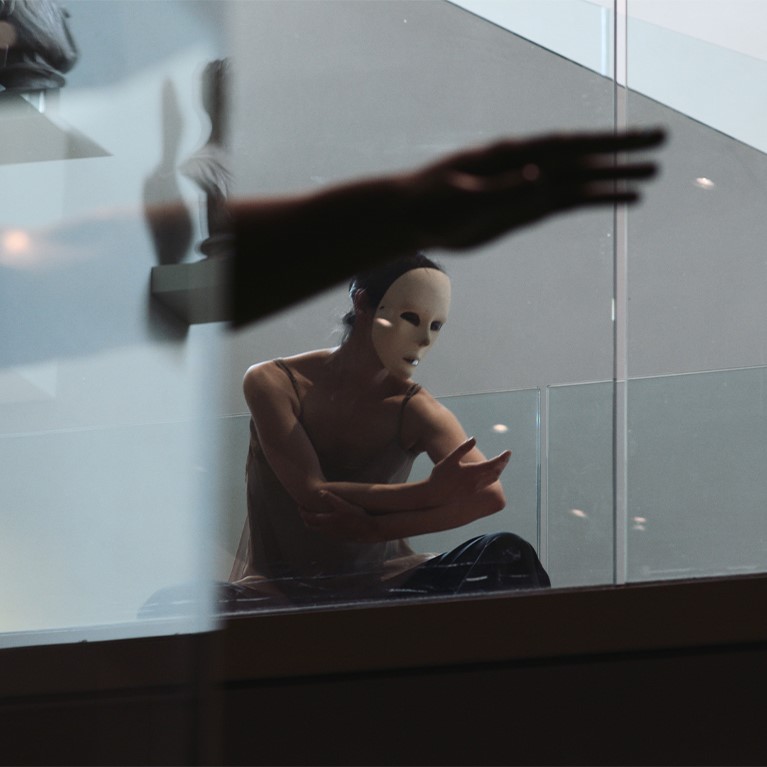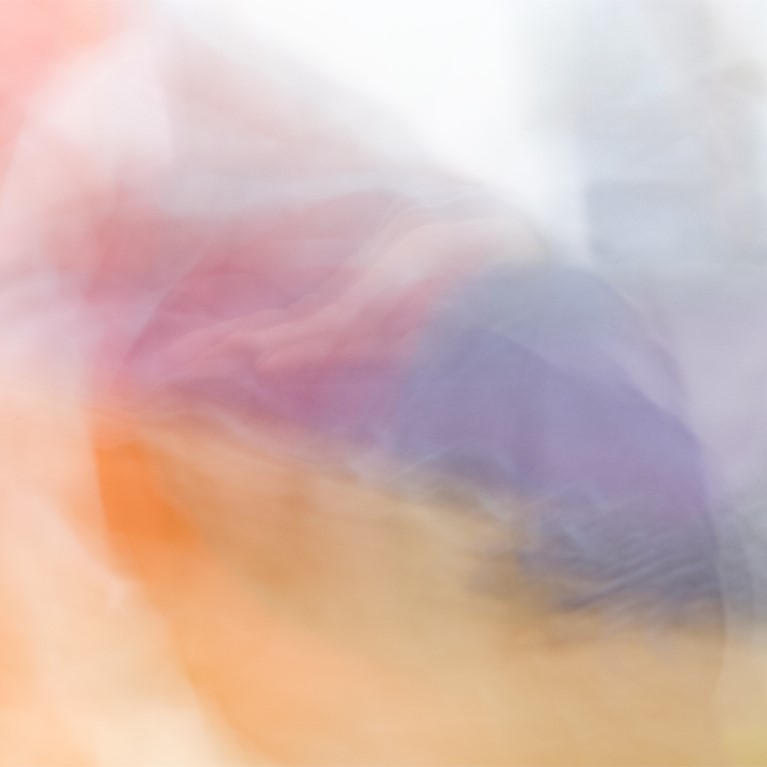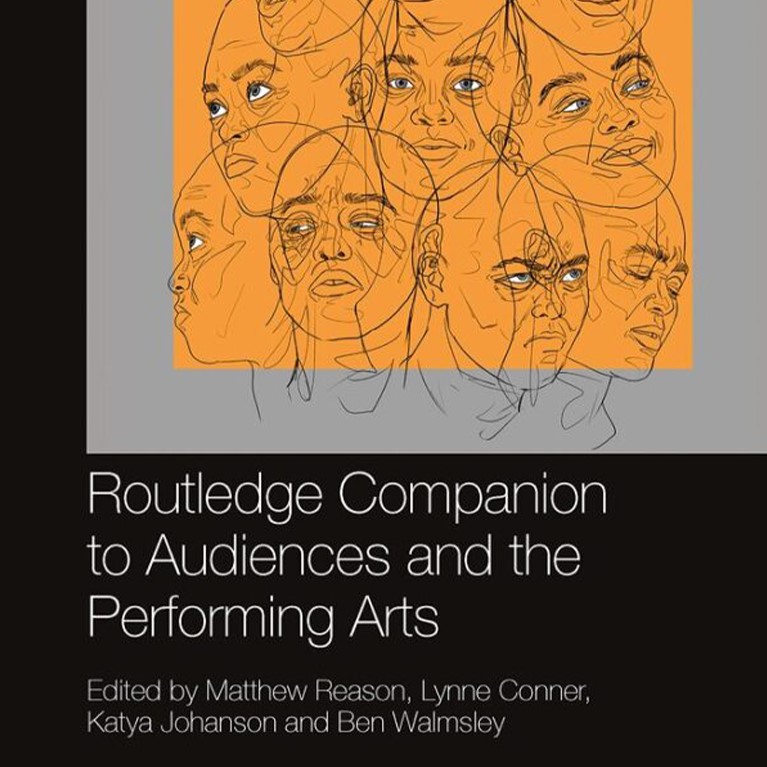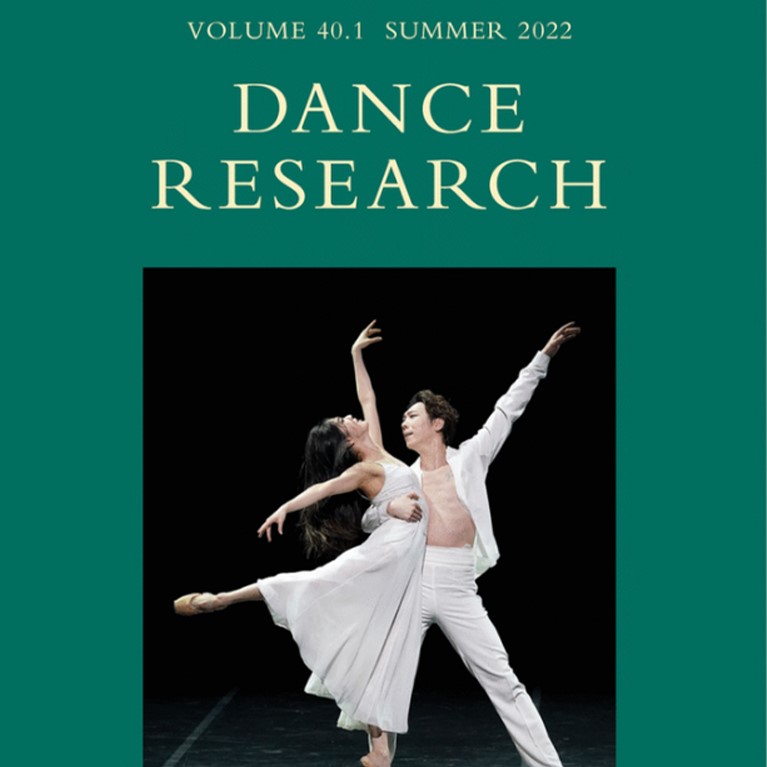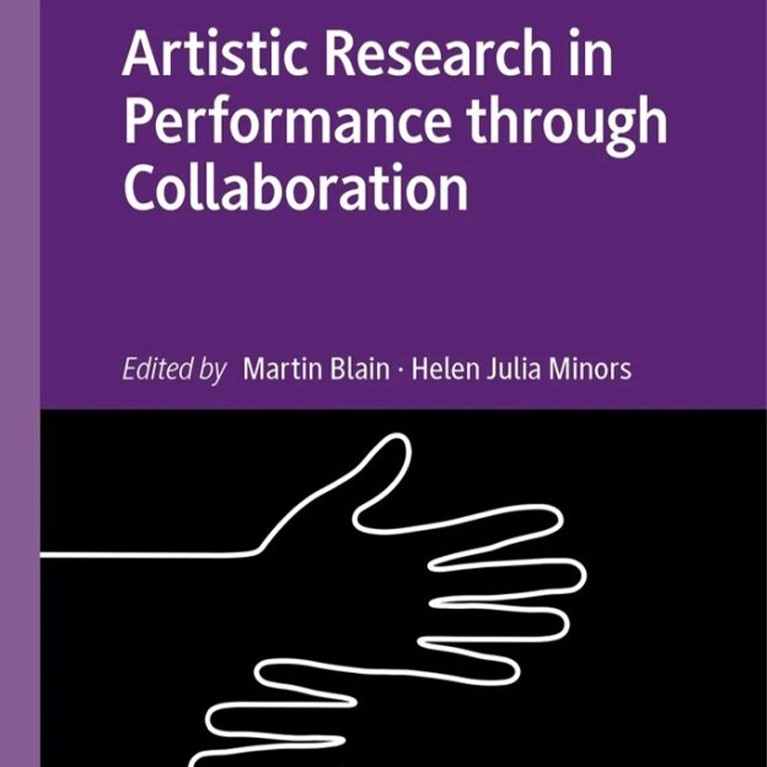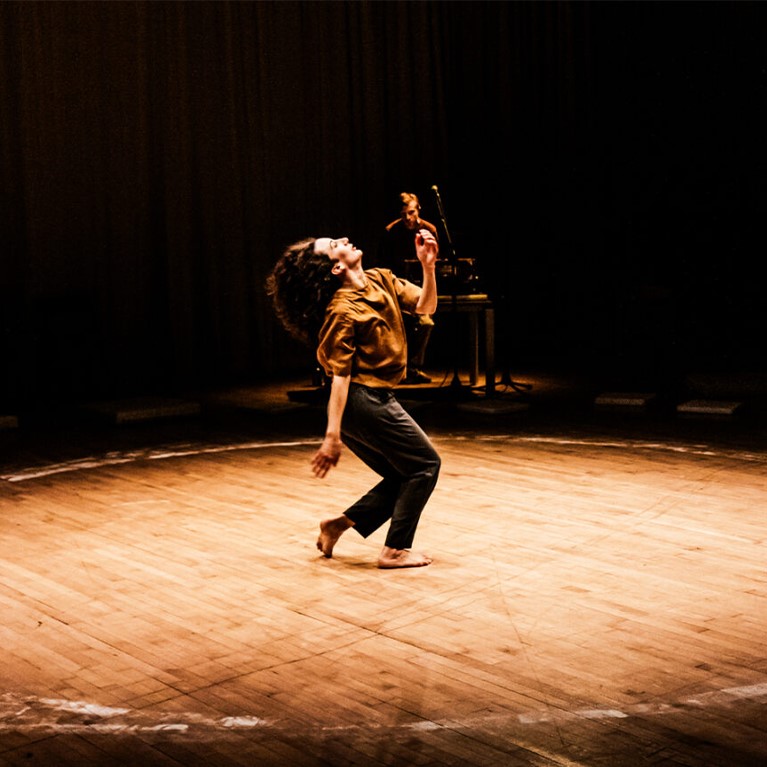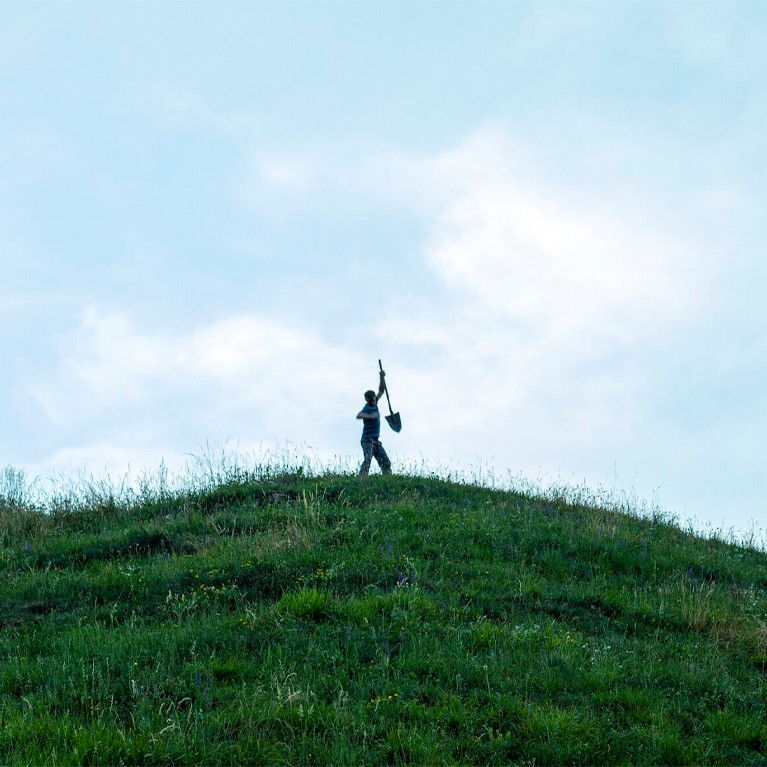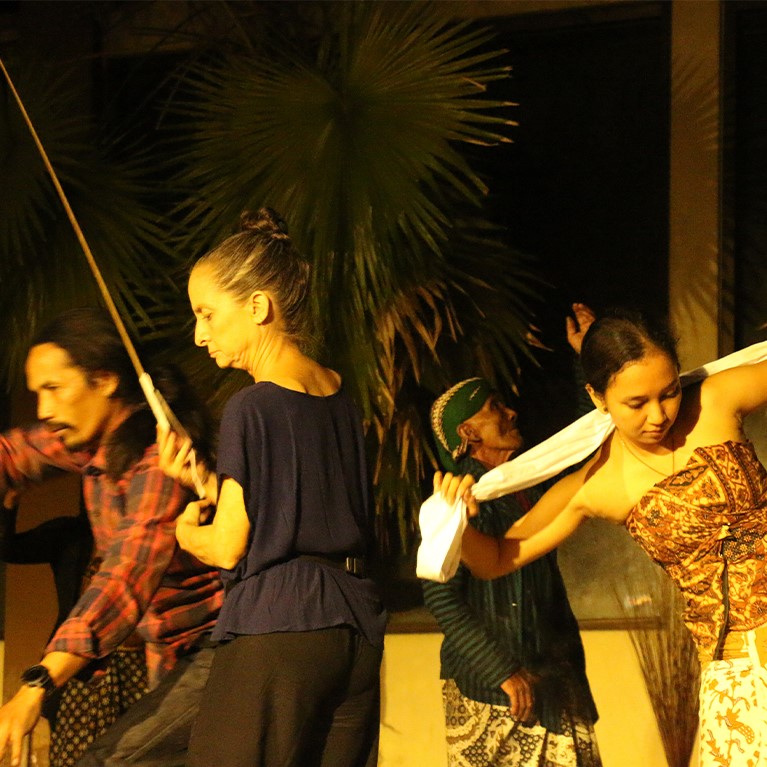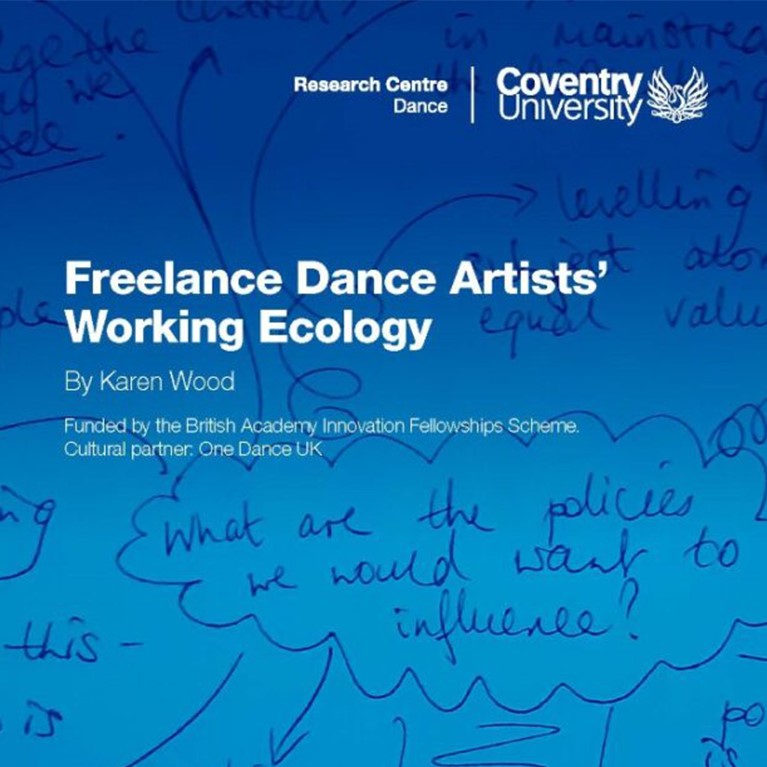Outputs
Here we offer a sample of the outputs C-DaRE have produced and contributed to including literature, performances and short films. For the full list, please visit the Pure Portal.
Literature
Mime into Physical Theatre: A UK Cultural History 1970–2000
By Mark Evans and Simon Murray
This is the first book to investigate the social, political, cultural, artistic and economic forces which created conditions for the rise, success and decline of mime and physical theatre in the United Kingdom, from the 1970s to 2000.
Unpicking the various routes through which mime and physical theatre emerged into wider prominence, this book outlines key thematic strands within this history of practice. The book blends historical description and refl ective analysis.
Performing Arts in Transition: Moving Between Media
Edited by Susanne Foellmer, Maria Katharina Schmidt, and Cornelia Schmitz
Artists especially from dance and performance art as well as opera are increasingly involved in the transfer between different media, not only in their productions but also the events, materials, and documents that surround these. At the same time, the focus on that which remains has become central to any discussion of performance. Performing Arts in Transition explores what takes place in the moments of transition from one medium to another, and from the live performance to that which "survives" it. Case studies from a broad range of interdisciplinary scholars contribute to a vibrant, multidisciplinary and international field of research emerging at the intersections of performance, visual arts, and media studies.
Image credit: Marie-Louise Crawley (in mask) in Myrrha in Likely Terpsichore? (Fragments), Ashmolean Museum of Art and Archaeology, Oxford (UK), 2018. Photo credit: Brandon Kahn
'The Fragmentary Monumental: Dancing Female Stories in the Museum of Archaeology'
By Marie-Louise Crawley in Choreonarratives: Dancing Stories in Greek and Roman Antiquity and Beyond (2021)
This chapter examines from an artist-researcher perspective the durational dance work Likely Terpsichore? (Fragments) that was created for and performed at the Ashmolean Museum of Art and Archaeology (UK) in 2018. By shining a light on the author's solo dance practice in the Ashmolean Museum, this chapter considers the bigger picture—that is to say, dance’s place in how we both remember and construct the past as artists and scholars, and as a society as a whole (through our cultural heritage institutions, such as museums). How might the medium of dance in the museum contribute to disrupting received narratives about the past? How might dance add new dimensions to these narratives by enriching the very ways in which we construct them? Might dance’s presence in the museum allow an alternative visibility, a hyper-visibility, for those ancient female bodies previously rendered invisible—or, indeed only partially visible—by history?
Moving With Pain: What Principles From Somatic Practices Can Offer to People Living With Chronic Pain
By Emma Meehan
This article brings together research from the fields of chronic pain management and somatic practices to develop a novel framework of principles to support people living with persistent pain. These include movement-based approaches to awareness of the internal body (interoception), the external environment (exteroception) and movement in space (proprioception). These significantly work with the lived subjective experiences of people living with pain, to become aware of body signals and self-management of symptoms, explore fear and pleasure of movement, and understand how social environments impact on pain. This analysis has potential to create new ways of supporting, understanding and articulating pain experiences, as well as shaping the future of somatic practices for chronic pain.
‘Integrated and inclusive’
By Vipavinee Artpradid in the Routledge Companion to Audiences and the Performing Arts (2022)
This Short explores how prevailing definitions of the terms ‘integrated’ and ‘inclusive’ dance reinforce the disabled/non-disabled binary and can become a limitation for dance artists, particularly when they are positioned within these categories and not the broader field of dance. However, as a form of artistic communication that creates spaces where artists and audience members engage the politics of corporeality together, the practices can resist, question and stretch the art form and ways of understanding the phenomenon known as disability. Thus, integrated and inclusive dance have the potential to expand and democratise social categories through their capacity for social inquiry.
'Exhibiting images of disabled dancers: comparison, reconstruction or disruption?'
By Kathryn Stamp in the Dance Research Journal (Vol 40.1)
When People Dancing’s 2013 ‘11 million Reasons’ (11MR) project was first advertised, the vision for the photography exhibition was to ‘recreate iconic dance moments in film’ . When the 2016 follow-on project ‘11 million Reasons to Dance’ (11MRTD) was conceptualised, the exhibition’s premise was described as commissioning ‘images of iconic dance moments from film, all reimagined by Deaf, sight impaired and disabled dancers’ . This shift from ‘recreated’ to ‘reimagined’, as well as the decision to use a RE approach at all for an intervention, was intriguing. This article explores the meaning, purpose and use of the RE prefix, evaluating its use in dance contexts, its impact when used within disability contexts and its use for the 11MRTD project, as well as considering questions raised by the project regarding the recreation of popular dance scenes in relation to the viewing of non-normative bodies by public audiences.
'Creative Industries and Copyright: Research into Collaborative Artistic Practices in Dance in Artistic Research in Performance'
By Karen Wood in the Artistic Research in Performance through Collaboration (2020)
This chapter discusses the concepts of authorship and ownership of works made through collaboration in the performing arts. Focusing on the making of dance, the authors compare understandings of collaboration, authorship and ownership between dance and the law (copyright). The discussion draws on the findings of empirical research carried about by the AHRC-funded project ‘InVisible Difference: Dance, Disability and Law’ (2013-2015) in which dance expert (Wood) and law specialist (Pavis) were involved. Working with professional disabled choreographers, the project investigated how legal frameworks supported (or not) the making of dance by these artists.
Performances and films
Image credit: Rosemary Lee’s Threaded Fine (2020) dancer Florinda Camilleri, Courtesy of ŻfinMalta. Photography by Neil Grech
Threaded Fine, Malta (2022)
By Rosemary Lee
Threaded Fine is a 5-hour durational work commissioned by ŻfinMalta, Malta’s National Dance Company, under the artistic direction of Paolo Mangiola. It is a practice as research project exploring: the effect of repetition on the audience and performer, the creation of solo scores and development of solo practices for a cast of untrained and trained dancers of all ages, the connection between ritual, practice and performance, the creation of an ensemble of soloists and intergenerational methodologies. Threaded Fine developed from Circadian (2019) -an outdoor work for 24 dancers over 24 hours. Whereas Circadian consisted of a solo of 12 minutes on the hour every hour, Threaded Fine comprised of 23 solos performed one after the other like a relay.
In 2022 Threaded Fine was developed for two sites in Scotland- Findhorn and Dundee with a cast of dancers from across Scotland, Commissioned by Dance North in partnership with Scottish Dance Theatre and supported by Creative Scotland.
Children of the Soil
By Simon Ellis
Children of the Soil is a short film that explores the slow work of growth, gravity and decay. It was created through several practices including: falling slowly to the ground; timelapse photography; post-production explorations of spatialising time (using graphic novel 'panels'); and texts exploring the more-than-human world (Abram, 1996). I was relatively new to these practices before pre-production, although the body-based work is a natural extension of my ongoing corporeal practice. The four practices coalesce around two artistic contexts that I have worked in for a long time: choreography and screendance.
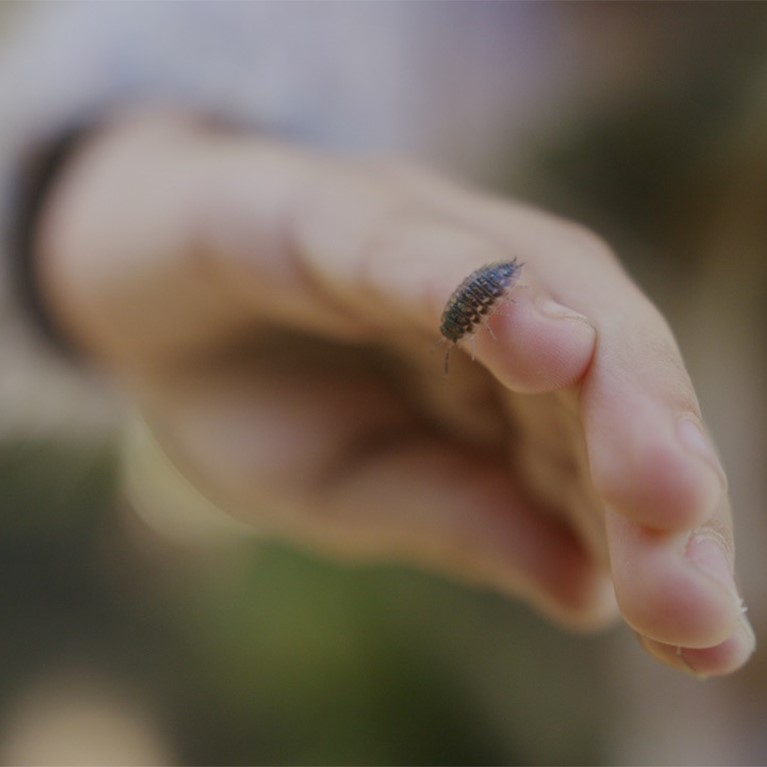
And Breathe...
By Karen Wood
A short film co-commissioned by Watermans & Akademi, the renowned South Asian dance company, as part of their Climate Change Screen Dance Commission to create a new dance film based on issues around climate change and using South Asian Dance as a medium.
Dialogue Moves: Embodying Diversity through Amerta Movement in Indonesia
By Emma Meehan
This research aims to address how dance and movement practices support dialogue between across difference, focusing on Indonesia as a plural society with cutting edge practice exemplified by the "Amerta Movement' practice developed by Javanese artist Suprapto Suryodarmo. We held a final event called 'Srawung Rukun' (Sharing Harmony) which is featured in the film, in September 2023.
As part of the Leverhulme Trust International Academic Fellowship ‘Dialogue Moves’ which examines how to create dialogue across difference through movement.
Other
Policy Brief – Freelance Dance Artists and Employment Patterns: Survey results (2022)
By Karen Wood and Helen Laws
This policy brief lays out the survey findings from 74 freelance dance artists and their contractual arrangements and working patterns from 2019-2021. Included is information on union membership and the ecology of freelance dance artists set in a wider arts context.
